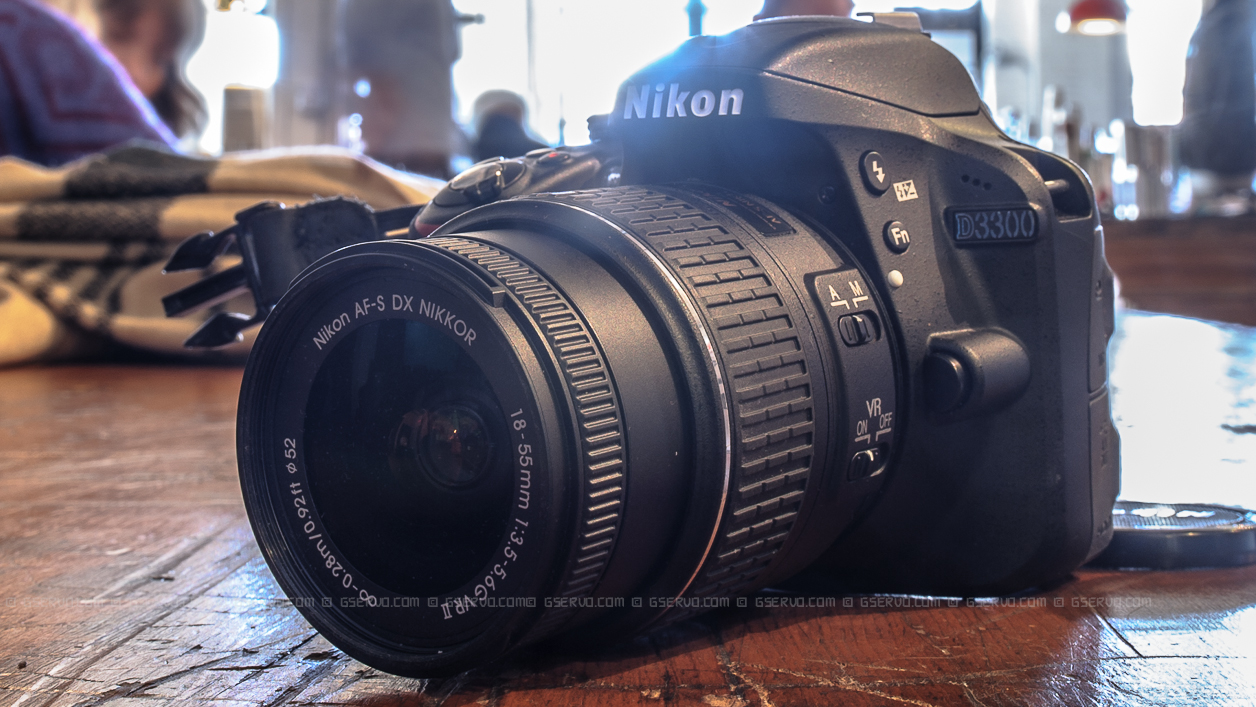Last Updated on 04/04/2014 by Felix Esser
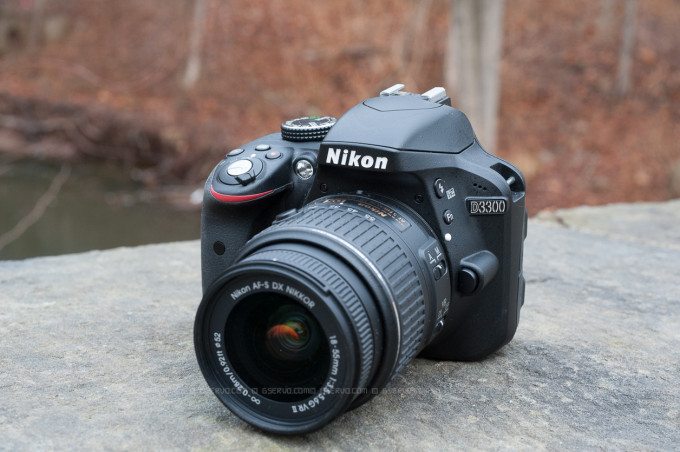
Nikon hasn’t been the best of camera companies lately. There have been issues with some of its new cameras, but there is one set of cameras that has been constant: the D3xxx series. Most of the D3xxx series’ updates are typically incremental. The Nikon D3300, the newest model, has some nice improvements. So let’s see how this camera works out.
Pros and Cons
Pros
- The camera is small and light.
- The Nikon D3300 work with classic Non AI lenses (but does not meter like the Nikon Df.)
- The D3300 has fantastic high-ISO performance.
Cons
- Nikon limited Raw + JPEG on the D3300. It’s Only Raw + JPEG Fine. You can’t make the JPEG any smaller when working in this mode.
- The D3200 is still a decent camera compared to the D3300. It’s not that major of an upgrade.
- The detailed menu screens eat up a lot of power.When it is on, the battery drains faster. There are options to use more simplified screens.
Gear Used
I used the Nikon D3300 with the new Nikon kit lens along with my Nikkor non-Ai 80-200. I also used my Nikon 35mm f1.8 DX , Tamron 70-200mm f2.8 and my Nikon 50mm f1.8 G.
Tech Specs
Tech specs courtesy of B&H Photo Video’s listing.
- 24.2 Mp DX-Format CMOS Sensor
- EXPEED 4 Image Processor
- No Optical Low-Pass Filter
- 3.0″ 921k-Dot LCD Monitor
- Full HD 1080p Video Recording
- 11-Point Multi-CAM 1000 AF Sensor
- Expandable ISO 25600 and 5 fps Shooting
- Easy Panorama Mode and Guide Mode
- Compatible with WU-1a Wireless Adapter
- DX NIKKOR 18-55mm f/3.5-5.6G VR II Lens
Ergonomics
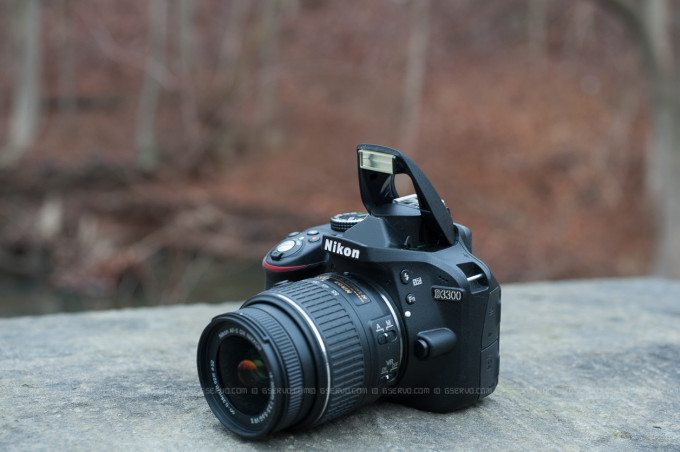
The camera is nice and simple. The front is has the lens release button, pop-up flash button, Fn button and the infrared sensor, which is under the shutter button.
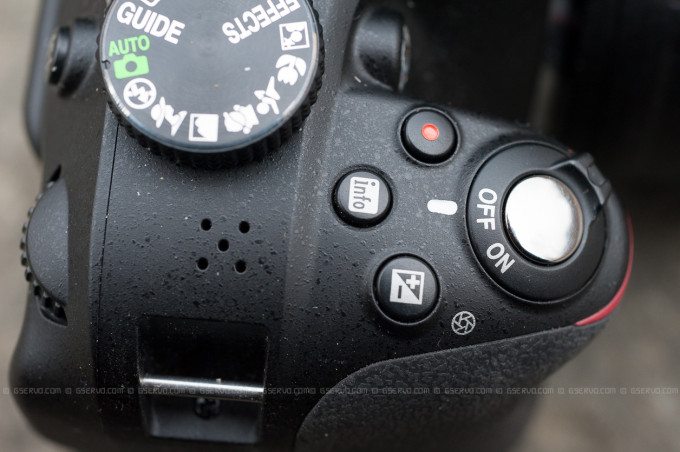
On top of the grip, the shutter button, on/off switch, record button, exposure compensation, video recording button and info button are neatly arranged and nicely spaced. This makes navigating them a breeze.
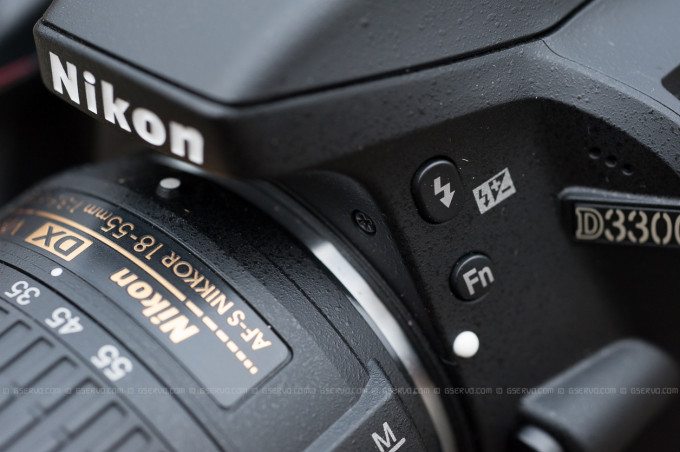
On the left side above the lens release button, there’s the Fn button and flash button. The Fn button can be programmed to control the ISO setting.
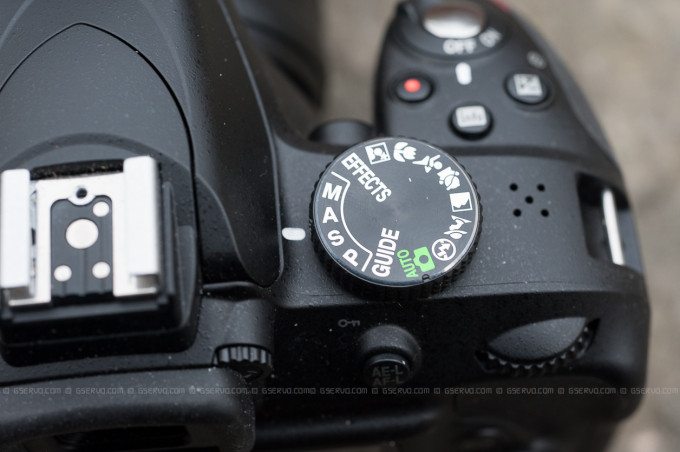
To the right of the hot shoe and pop-up flash. Also located here is the mode dial and a speaker for movie playback.
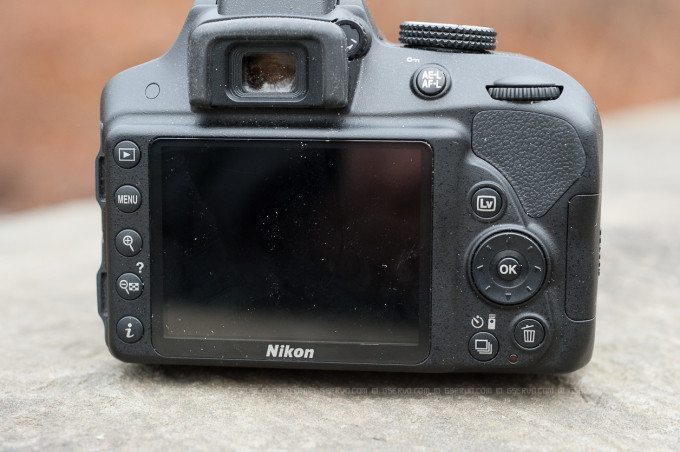
All the buttons were are spaced out. They are easy to access when you need them. The camera is small so you don’t need big hands to access everything quickly.
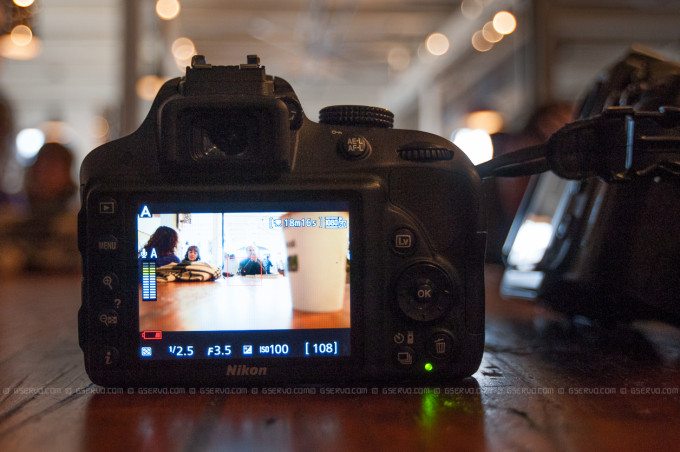
The screen is easy to look at. Everything is crisp and nice to look at. This comes in handy for photographers that like to use the screen instead of the viewfinder.
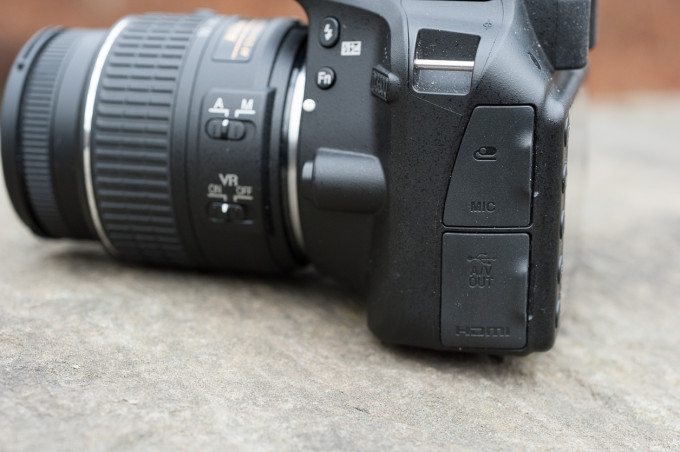
On this side of camera you have your connectors, accessory terminal USB port, HDMI port and microphone jack. They are covered securely when not in use.
Build Quality
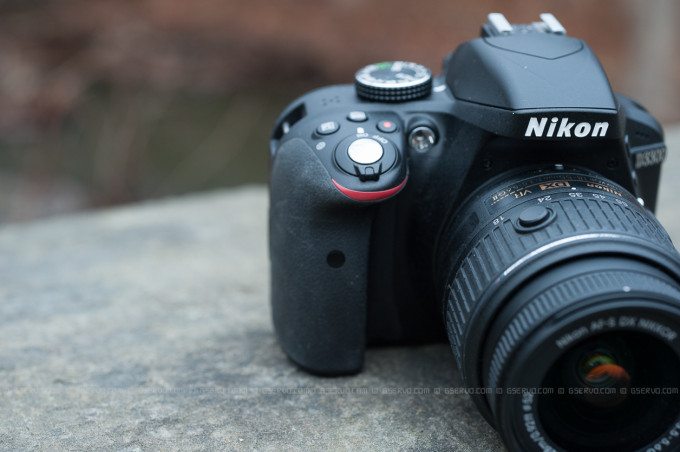
The Nikon D3300 is currently Nikon’s smallest and lightest DSLR. It has a plastic body with corresponding build quality. All the buttons are well spaced out and easy to access. The camera is easy to carry day-to-day. I prefer it to a mirrorless camera, because I can use the Nikon D3300 with lenses I’ve already invested in and carry a smaller bag. I kept the camera on a ham strap. It was extremely light and easy to carry around. Even though it’s light, the camera feels solidly built.
Autofocus

The autofocus is efficient. I had no complaints with the Nikon D3300. During the day the autofocus was responsive. While there are only 11 AF points to use, they did work well. I had the camera indoors and outdoors and Nikon’s autofocus was decent. It consistently locked on to the chosen focus points. My nature is to preselect my focus point and then shoot. When I let the D330o pick the focus points it worked well, giving me the subject I wanted. With the D3300 I stuck to auto focusing except for when I used the Nikkor 80-200mm f4 non-Ai. The AF assist is accurate.
Ease of Use
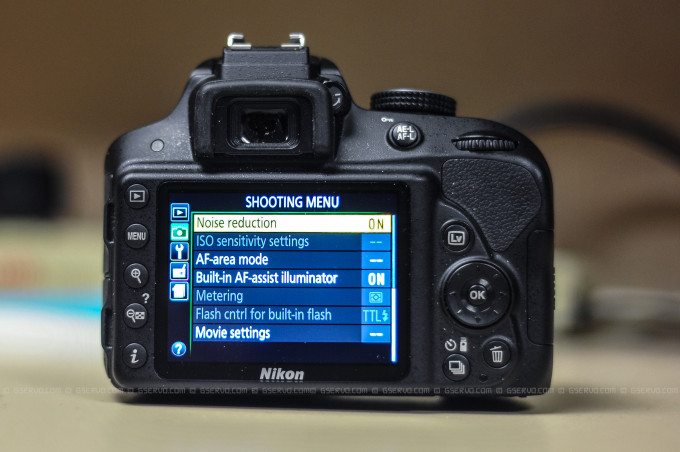
Metering
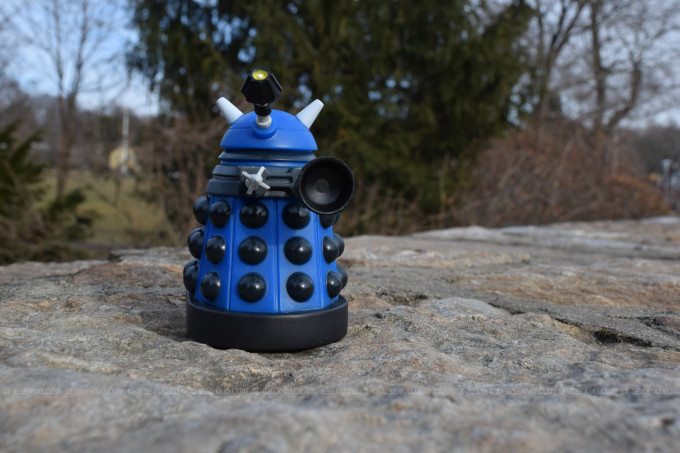
The Nikon D3300 metered satisfactorily using the Sunny 16 rule. It was a sunny hazy late afternoon when I took the image above. I shot at f11, ISO 100, and a shutter speed of 1/100 of a second. The image was properly exposed.
Image Quality

The overall image quality is very good. The images can go right up to the web straight from the camera. Using an Eye-fi card, the images went right to my phone. I either edited with VSCO Cam, Instagram, or just let the image be. Nikon does have a wireless add-on. It enables the use with a Nikon app, but the Eye-fi card was more efficient in my opinion. I wish Nikon would just break down and add WiFi internally to their cameras. If other companies can get WiFi in their point and shoots, Nikon can get it in all of their DSLRs.
High ISO Images
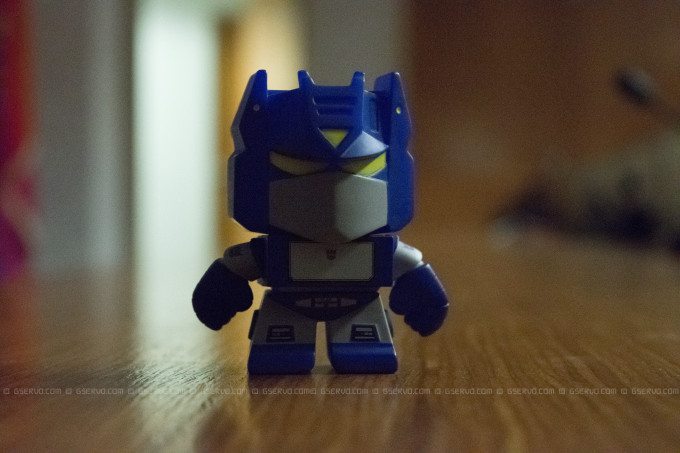
For an entry-level DSLR, the ISO performance is great. The ISO goes up to 12,800 and still creates usable images with noise reduction. Without it, the image would definitely be noisy. In an office or outdoors, the auto-ISO worked well. The high-ISO capability makes this camera versatile and forgiving. You can keep the Nikon D3300 at 1/100 sec and keep your images sharp.
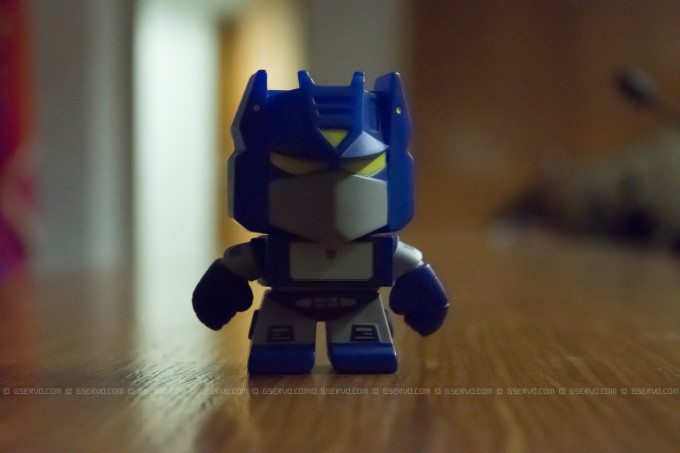
Raw File Versatility
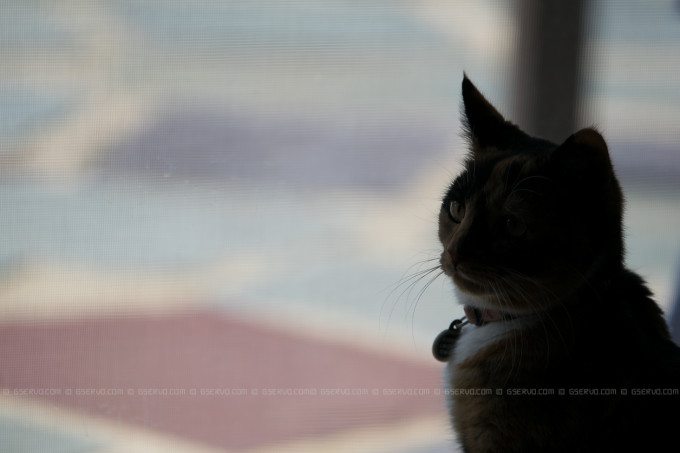
The RAW files add to the forgiving nature of the Nikon D3300. If an image is underexposed, you have enough information to recover it. The colors are nice and the noise stays at a minimum. There was an image that I metered incorrectly. I shot it indoors with light coming from outside, so my subject was too dark. Also, I only had the one chance at the shot. So when I put it into Lightroom and used the shadows tool, the detail came right out.
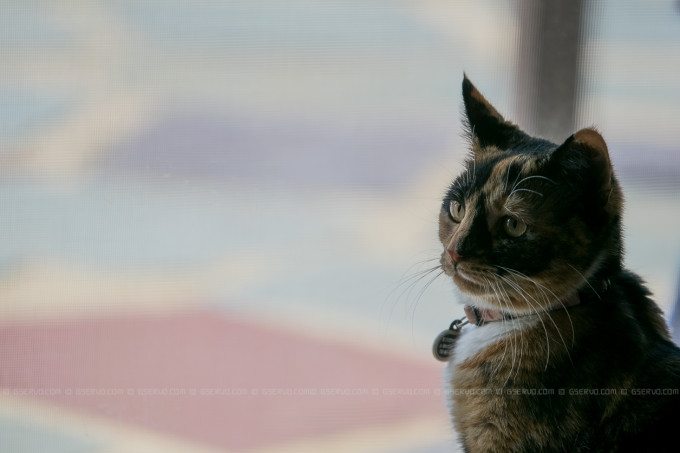
Nikon AF-S 18-55mm f3.5-5.6G VR II DX Lens
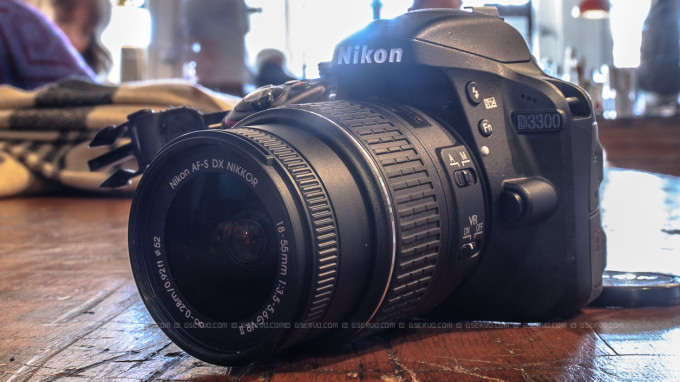
Don’t pick up this lens expecting perfection. It’s a kit lens. Most people bash these types of lenses. With the Nikon AF-S 18-55mm f3.5-5.6G VR II DX lens, there is a subtle refined rebelliousness. It’s as if this lens was tired of being the bastard stepchild. The overall image quality is good. I had no problem taking the images off the camera and putting them straight onto the web. The Nikon 18-55mm is sharp for a kit lens, and I definitely expected less. This lens works best after f5.6 and I really liked it at f8. Nikon did a decent job with this lens.
The 18-55mm f3.5-5.6G VR II DX lens is not flashy or flamboyant. This lens will be many people’s first. As an entry-level lens it is far better that the one I had when I got into photography. This is not just a minor upgrade for this lens. There has been a lot of improvement. This is the rare occasion, in recent times, where I can sing Nikon’s praises.
More Sample Images

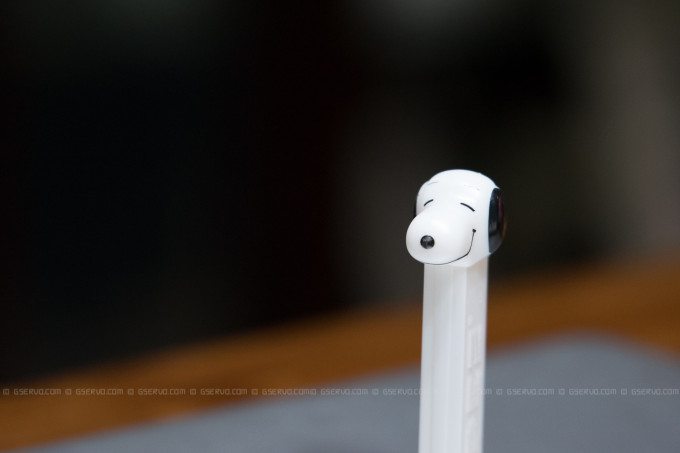


Video Quality
Nikon D3300 Video test from G Servo on Vimeo.
The video mode on the Nikon D3300 is very capable. It’s very easy to use and the quality of the video is good. I am not an experienced film maker, but this is a good camera to learn with.
Conclusions
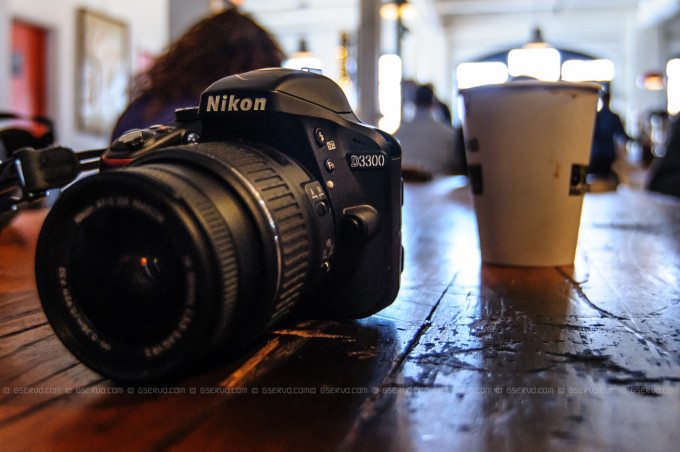
For the most part, the Nikon D3300 is pretty much the same as the D3200. The sensor is basically the same as well as most of the features. The Expeed processor is where things get better. The ISO is what wins me over with this camera. This is what makes the Nikon D3300 better than the D3200. This is a good camera for those just starting out in photography. If you want a smaller camera to work with your Nikon F-mount lenses, this is a solid choice. The Nikon D3300 is way cheaper than the Nikon V3 and much more practical. I have to say this is one of Nikon’s best recent releases. It’s simple with no frills.
Recommended Lenses and Accessories
- The first lens I would buy after the kits lens is the Nikon 35mm f1.8 DX. It’s a brilliant lens with this camera.
- If you are going to be traveling you may want to consider the Sigma 18-200mm. It’s small and has a huge range.
- This camera could use and extra battery (EN-EL14A Rechargeable Li-Ion Battery) and charger. This will help on long days.


